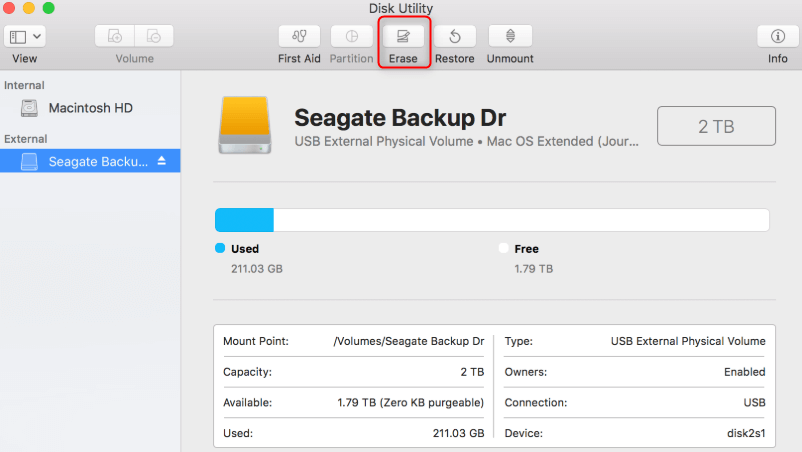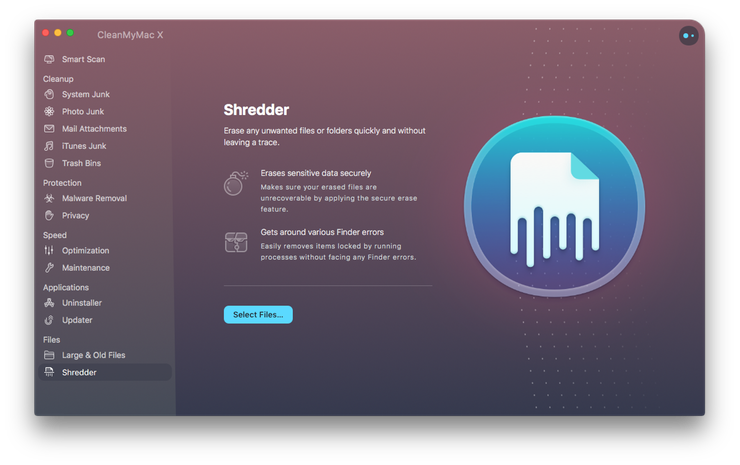For Apple Mac users, the easier way to format USB flash drive to FAT32 is using the Disk Utility. Formatting would erase data completely, make sure that you have a data backup. To format a USB Flash Drive to FAT32 in macOS follow these steps. Step 1 - Connect the USB.
Admittedly, the Mac OS X platform is fundamentally different from the Windows platform. Coming from Windows to macOS can be somewhat confusing, even on the little things like formatting a hard drive, USB flash drive, or SSD.
If you are experiencing such ‘confusion,' we are going to walk you through how to format a hard drive for a Mac OS X computer. But before we get down to that, here is some interesting fact you ought to know.
Most generic computer drives come preformatted for use on Windows PCs and are not compatible with Mac OS X out of the box. Though should you plug one into a Mac, it will generally read and work. That is because Mac can easily read other filesystem formats including those of Windows like MSDOS, FAT, FAT32, exFAT, and NTFS formats.
- After choosing the best format for USB drive according to your needs, you might start to wonder: how do I format USB drive to NTFS/FAT32/exFAT/EXT 2,3,4/HFS+ in Windows operating system or Mac? Well, don't worry. If you need to format USB drive to NTFS/FAT32/exFAT/EXT 2,3,4/HFS+ file system, please follow the steps as below.
- The exFAT format will not give any limitations on the file size that you are going to store on your flash drive and you can still use it on both Windows and Macs that are running in Mac OS X Snow Leopard or later version. For you to be able to format your flash drive into Fat32, here is what you need to do.

However, you should know a drive formatted to be entirely compatible with the Mac filesystem is more recommended and necessary for use with Time Machine and making bootable Mac OS X disks.
Format Flash Drive Mac Os Extended

On the other hand, if you plan on using the disk between your Mac and Windows PC, you can format it to a filesystem compatible to both.
How to Format Disk on Mac Computer
Whether you want to format a hard drive, solid state drive (SSD), USB Flash drive, microSD card or any other type of disk. The procedure is the same. It also doesn't matter if the disk is connected via USB, Thunderbolt, or Firewire. The steps are a follows:
Connect the disk to your Mac via the appropriate port (USB, Thunderbolt, or Firewire)
Go to Application > Utilities > Disk Utility
Locate the drive by looking for its name on the left-hand panel of the Disk Utility and click on it
Now click on Erase tab located at the top
On the Format contextual menu, select Mac OS Extended (Journaled)

However, you should know a drive formatted to be entirely compatible with the Mac filesystem is more recommended and necessary for use with Time Machine and making bootable Mac OS X disks.
Format Flash Drive Mac Os Extended
On the other hand, if you plan on using the disk between your Mac and Windows PC, you can format it to a filesystem compatible to both.
How to Format Disk on Mac Computer
Whether you want to format a hard drive, solid state drive (SSD), USB Flash drive, microSD card or any other type of disk. The procedure is the same. It also doesn't matter if the disk is connected via USB, Thunderbolt, or Firewire. The steps are a follows:
Connect the disk to your Mac via the appropriate port (USB, Thunderbolt, or Firewire)
Go to Application > Utilities > Disk Utility
Locate the drive by looking for its name on the left-hand panel of the Disk Utility and click on it
Now click on Erase tab located at the top
On the Format contextual menu, select Mac OS Extended (Journaled)
Mac Disk Format Types
At this point, you can name the disk if you want; though you can always do that at any time
Next, click on Erase and a second confirmation window will pop-up, and confirm Erase
Mac Os Disk Format Options
Voila, you are done with formatting the disk. You should know that SSDs and USB flash drives will typically format much faster than an external hard disk. Speaking of the external hard disk, the bigger the capacity, the longer it will take to format.
